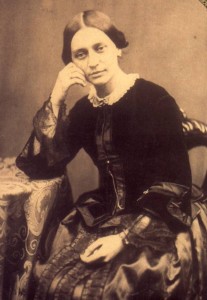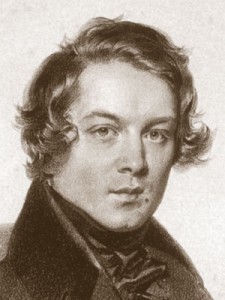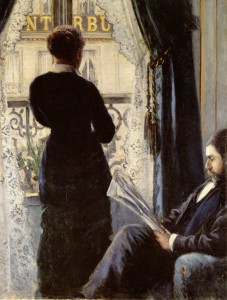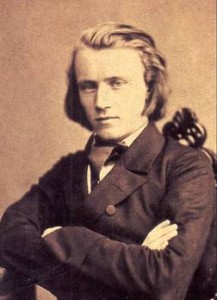Clara Schumann in questa sonata per violino e piano, suonò con Jozsef Joachim: grande violinista e collaboratore di Johannes Brahms che compose per lui i primi due quartetti e alcuni passi di Richard Wagner degli ultimi quarti; questo per dire la grandezza e la stima che tutti avevano di questo portento. LEI, Clara, provò e intese l’elaborazione del violino non più esclusivamente come strumento da solista, ma anche nel tessuto compositivo con il pianoforte. Entrambi gli strumenti qui dialogano alla pari.
E da qui il virtuosismo scaturito dai due strumenti, assumendo un tono dimesso, dialogano in trame sempre più fitte dove i concerti di violino e pianoforte si trasformano sempre più in basi per eventuali concerti per orchestra e pianoforte e/o violino. Lo stesso Brahms con Joachim impiegò quasi 14 anni per passare da un concerto per pianoforte alla prima sinfonia.
E LEI, Clara, suonò le sue opere al pianoforte e con Joachim al violino, alla pari e sperimentando un mondo cui ancor oggi siamo immersi. In queste sue “3 Romanze per violino e pianoforte op. 122”, l’arco pizzicato del violino cammina di pari passo con i timbri lenti del pianoforte, senza mai eccedere, affinché le variazioni sempre più acute non debordassero nel virtuosismo elementare e vanitoso. E LEI riusciva in questo anche assieme a Robert A. Schumann, suo marito, che la ascoltava, provava e poi lui stesso ricomponeva.
Clara Schumann. Immagine presa da QUI
Lei era dotata di un ascolto umile teso a condividere ogni sua creazione. Lei era l’eccellenza.
Per ascoltare le “3 romanze per pianoforte e violino op. 122” premi QUI





